What Do You Really Need? In the California Desert, Artist Andrea Zittel Reconsiders How We Live
It’s after dark when the artist Andrea Zittel and I begin removing the window coverings. “When guests arrive, the first thing we do is help them take these down, and I’ve made them a pain to put back up.” We’re in a wood-paneled box on the floor of the Wonder Valley in the California desert, one among three converted homesteads that Zittel calls the “Experimental Living Cabins.” The size of an efficiency studio, the space is divided by a large rectilinear partition that parcels the cabin into core functions: sleeping, meal prep, dining, relaxing. The interior has the orderliness of a museum—Zittel exhibits a copy of the same central piece, “Planar Configuration One,” with Andrea Rosen Gallery in New York—crossed with the rustic sparseness of a campsite. Inside, the familiar accoutrements of daily life are pared down and austere: backless seats, a low wooden platform for resting, a propane Coleman burner, no adornment save the painted panels, which throw a rich glow against the wooden walls.
The blinds are a point of resistance in design that subtly forces a recognition of context: here you are, without electricity or running water, with an abundance of time—the minimum stay in an Experimental Living Cabin is one week—in a space defined by big windows facing each cardinal direction. Beyond the interior lies a flat expanse of desert, populated by spindly grey-blue creosote bushes, rimmed with mountains, traced over by the arcs of the moon and sun. Zittel wants guests to become sensitized to the qualities of their days. Without being overly prescriptive, she’s interested in having them re-examine habit, routine, their own biases and expectations about the mechanics of living, and the dictums of a culture insistent on more. She has been interrogating these subjects in her own life for nearly 30 years.
Guests come to the Wonder Valley cabins for an encounter with less, an exercise in the forced perspective shift that Zittel specializes in. She’s built a career acting as her own guinea pig, winnowing the physical systems of living to their core functions. She admits there’s a survivalist bent to her work. She thrills at the disorientation of living with less—a restless pushing at the boundaries of bourgeois assumptions about comfort, security, stability, efficiency, and what constitutes “enough.” Since 1991 she has made and worn just one outfit per season; lived for a year without running water; confined herself, for a period, to the 7’x9’ boundaries of her micro-hotel-like “Management and Maintenance Unit.” In 1999 she constructed and then took up residence on a 44-ton concrete island, “Pocket Property,” off the coast of Denmark.
In the Wonder Valley cabins, “enough” is a plein air toilet, a glass jug of water, a wool blanket, vessels from Zittel’s studio (bowls serve for tea, wine, muesli, and dinner vessels), a straw broom, a glass storm lantern. The experience guests have here, like much of Zittel’s work, is an invitation to get past the inefficiencies that come with choice. Asked what, with this surfeit of time, one might ideally do, Zittel points to boredom. “Boredom, which is increasingly hard for me to find, is always when I do my best thinking.” She regularly updates a manifesto, “These Things I Know For Sure,” which touches on boredom: “… In our consumption-driven society, almost all voids are filled, blocking moments of greater clarity and creativity. Things that block voids are called ‘avoids.’” She has built her life and her practice— and inextricably linked the two—in relation to that clarity, and used it to animate an enduring question: how to live?
If the Experimental Living Cabins sound like an imposition, they find an analog in the present moment. As people across the globe are asked to isolate themselves, to sacrifice ready conveniences in service of a common good, Zittel recognizes a latent potential in the dramatic shift. A defining conceit of her work is that personal constraints are liberating, that we find greater freedom in self-imposed limitations than a glut of choices and perceived possibilities. “Things that we think are liberating can often become restrictive, and things that we think of as controlling can sometimes give us a sense of comfort and security.” Zittel hopes that in the present we are, in the language of former California governor Jerry Brown, freed to act as citizens, who imagine and create new possibilities, rather than consumers, who merely make choices between given alternatives.
Lately, Zittel’s been absorbed with writers of speculative fiction like N.K. Jemisin, Ursula Le Guin, and Octavia Butler. “Butler gets into some pretty hardcore survivalist scenarios that are interesting in light of all that is happening right now.” On their face, her efficient designs for living might draw comparisons to prepper fantasies: the life-support systems of a bomb shelter or a modular design for space colonies. Yet her practice is critical even of its own inventions; they are tests, trials, iterations and experiments, rather than mandates. What’s more, Zittel is a masterful designer and craftsperson, and her output—sculpture, drawings, weavings, tile, ceramics, conceptual pieces, furniture—is seductive and inviting. “I ask myself ‘why do I have to make everything so damn beautiful?’ My best response is that beauty is an essential part of our psychological survival.”
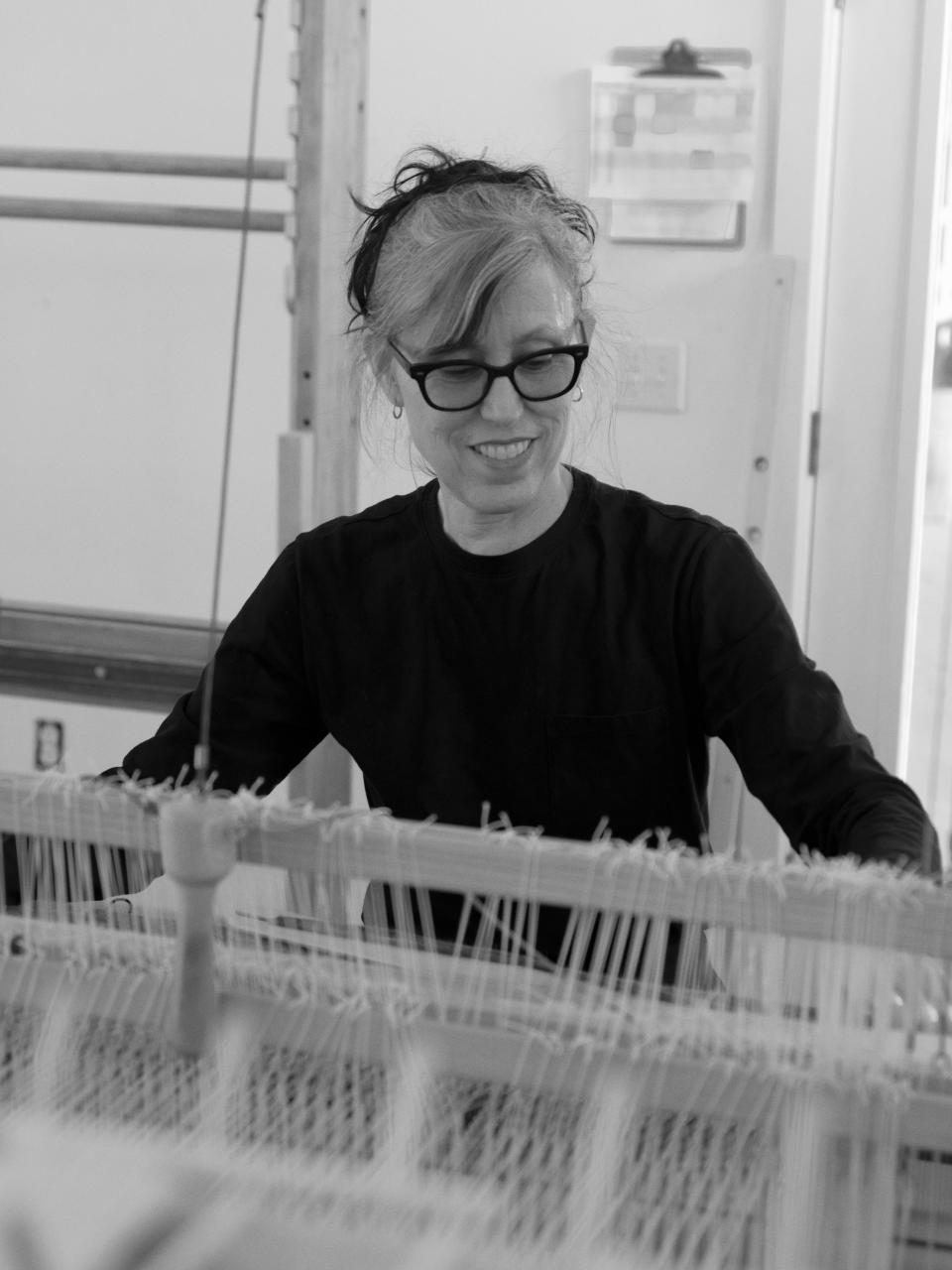
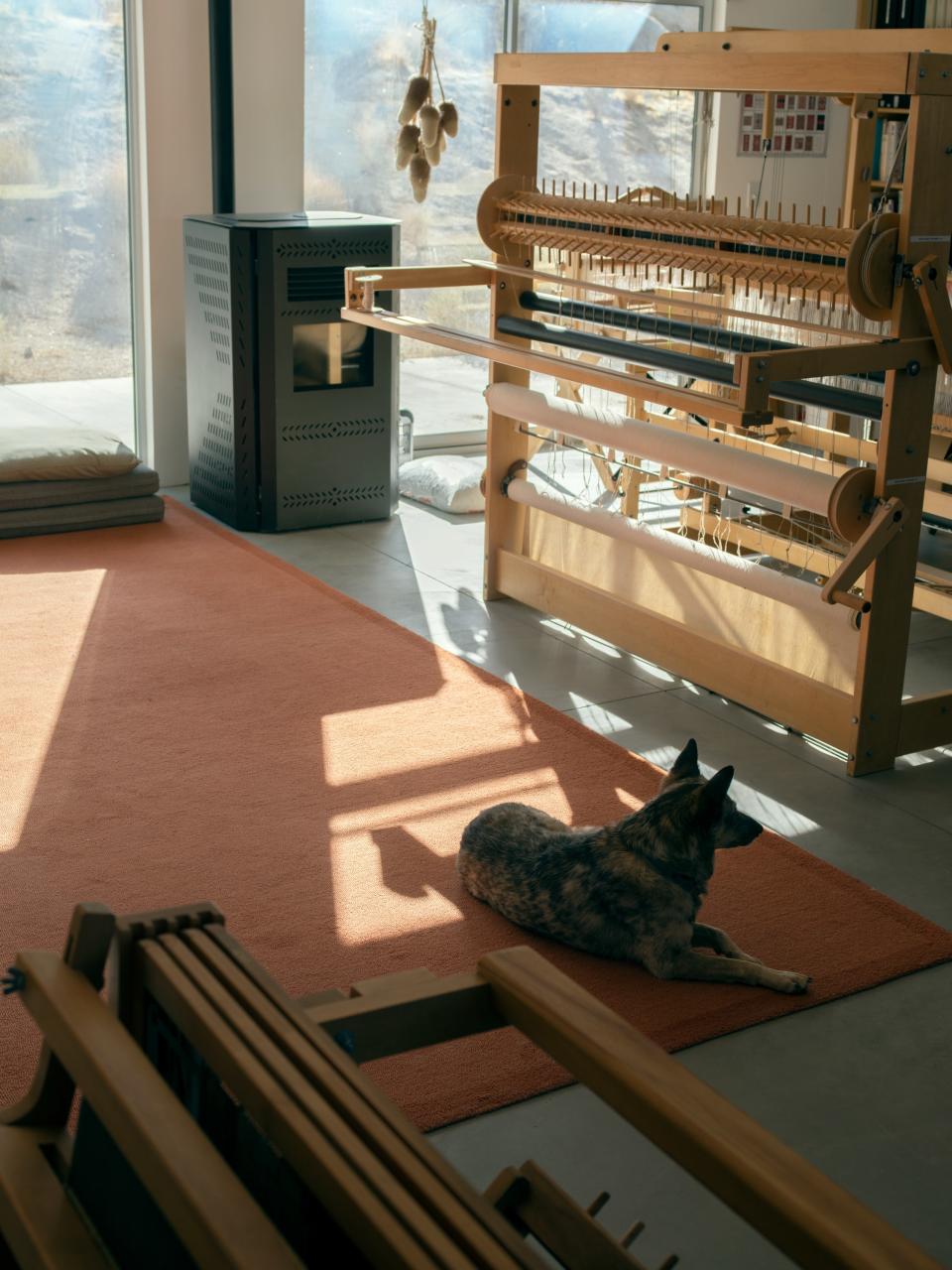
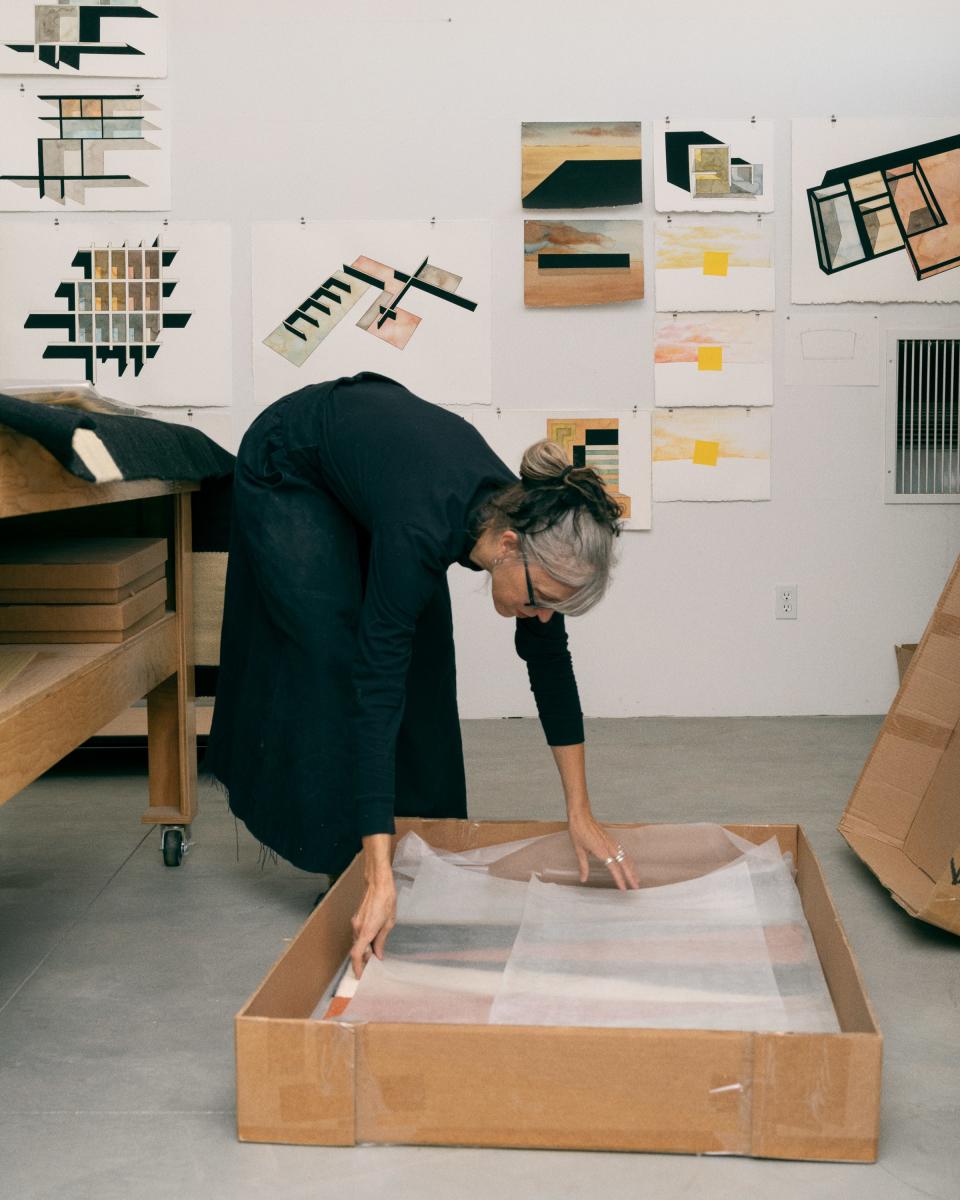
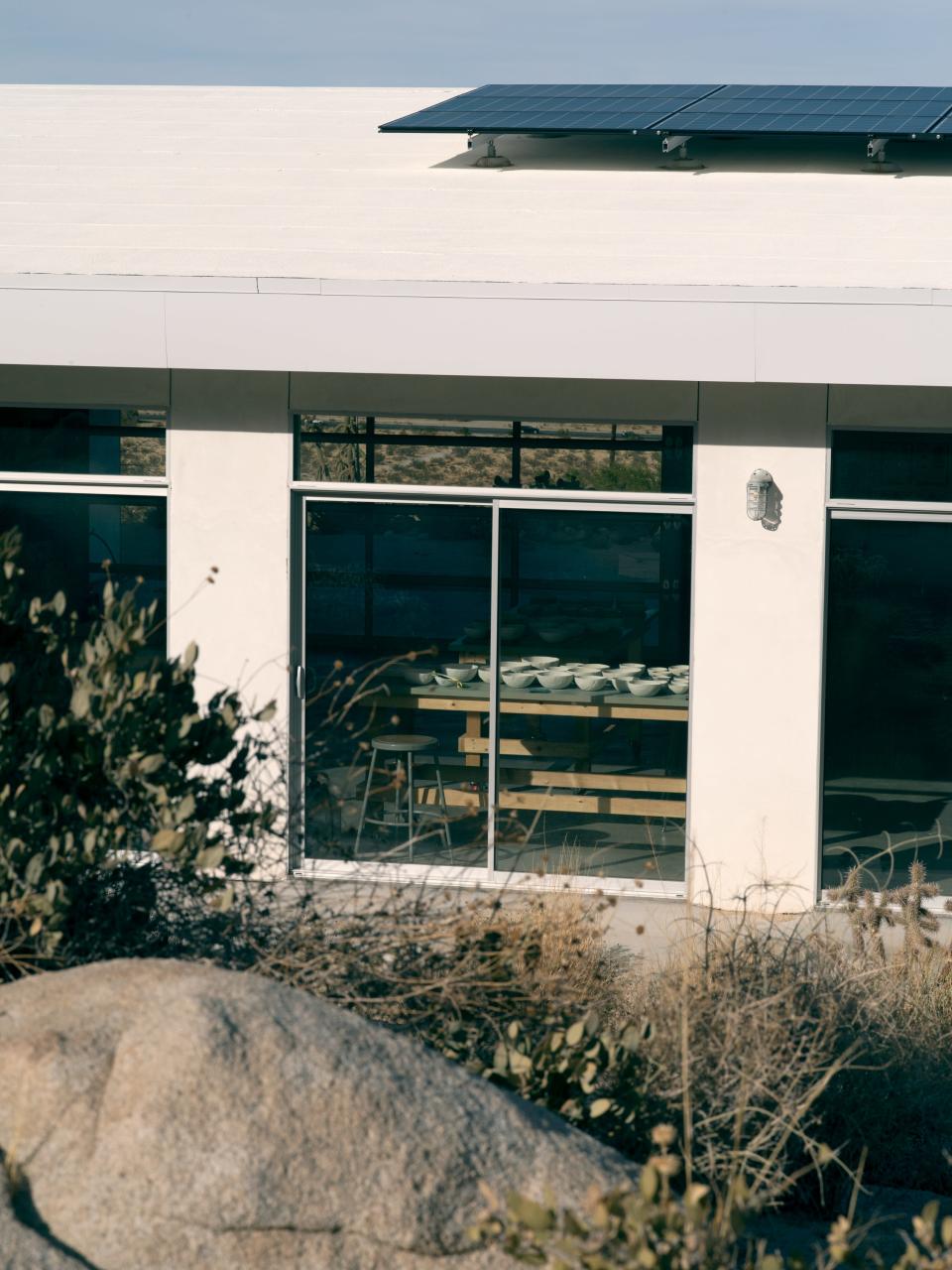


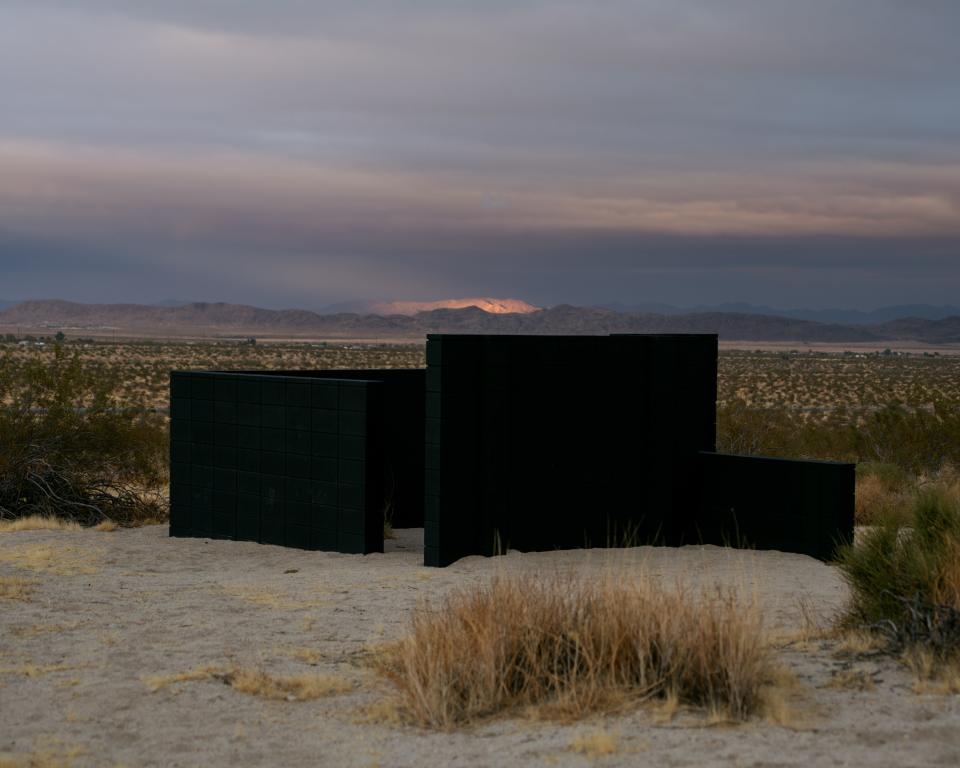
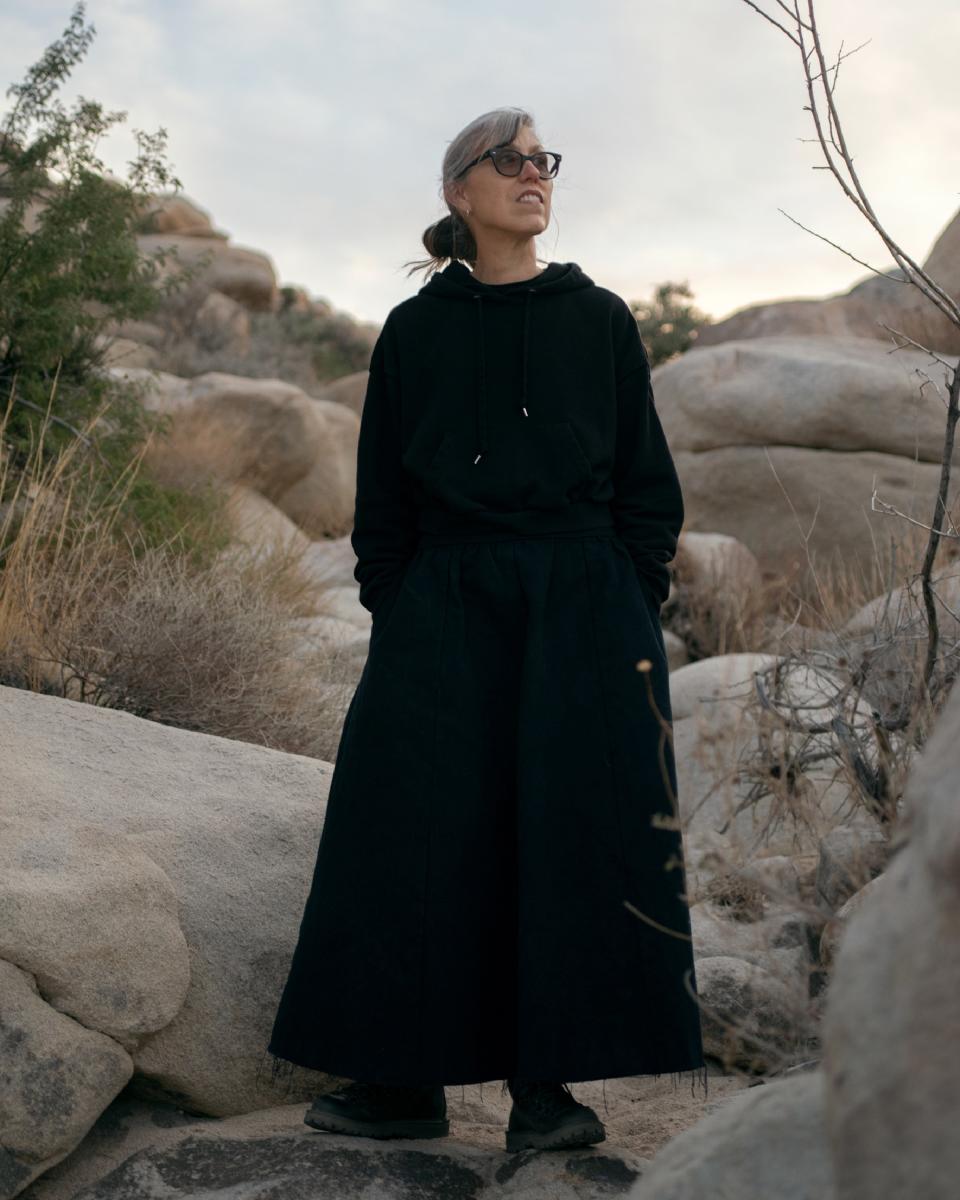
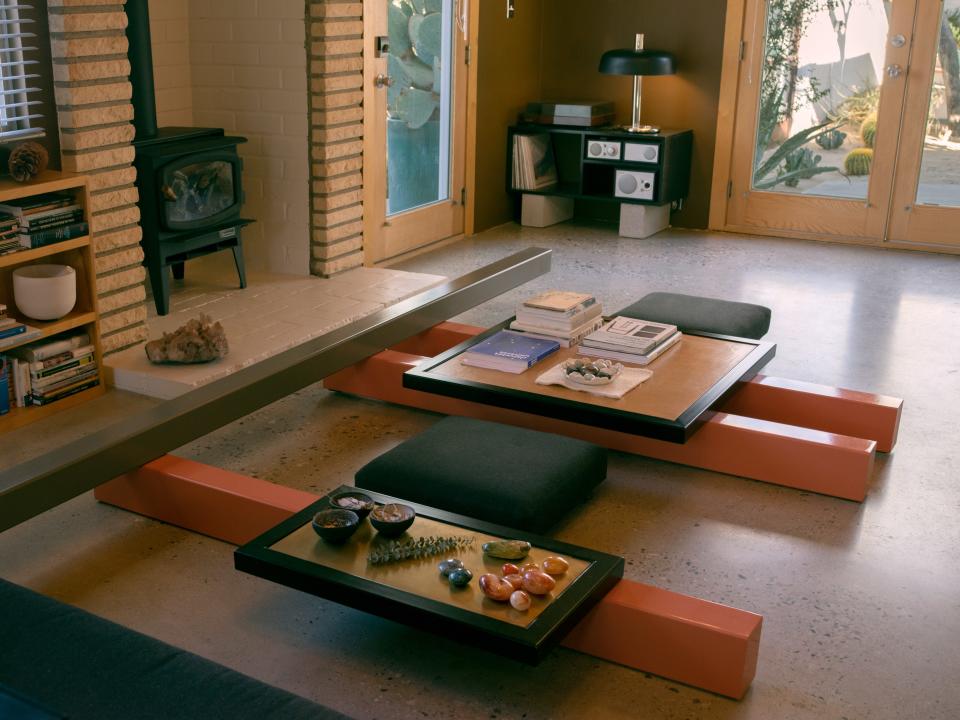

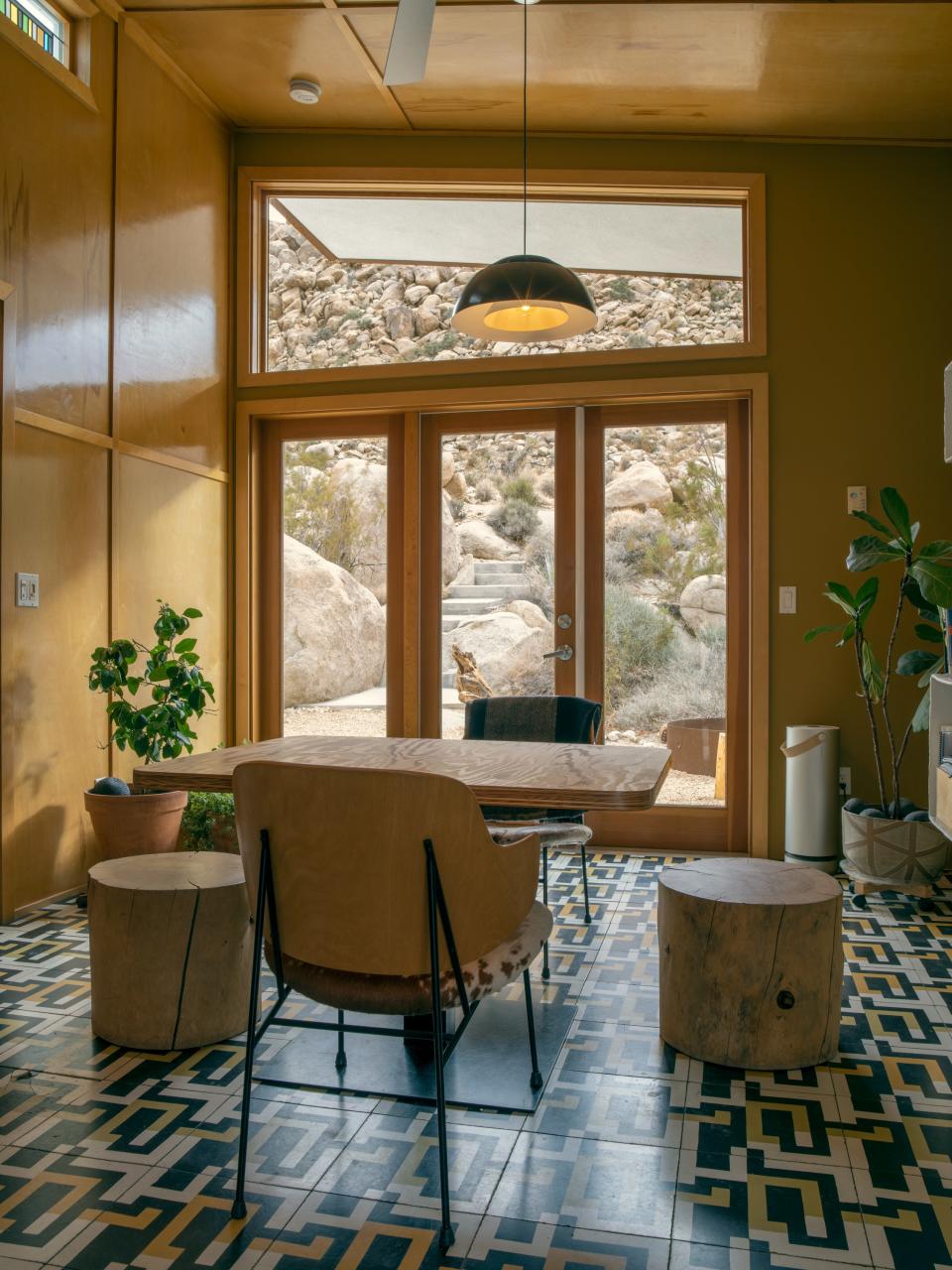

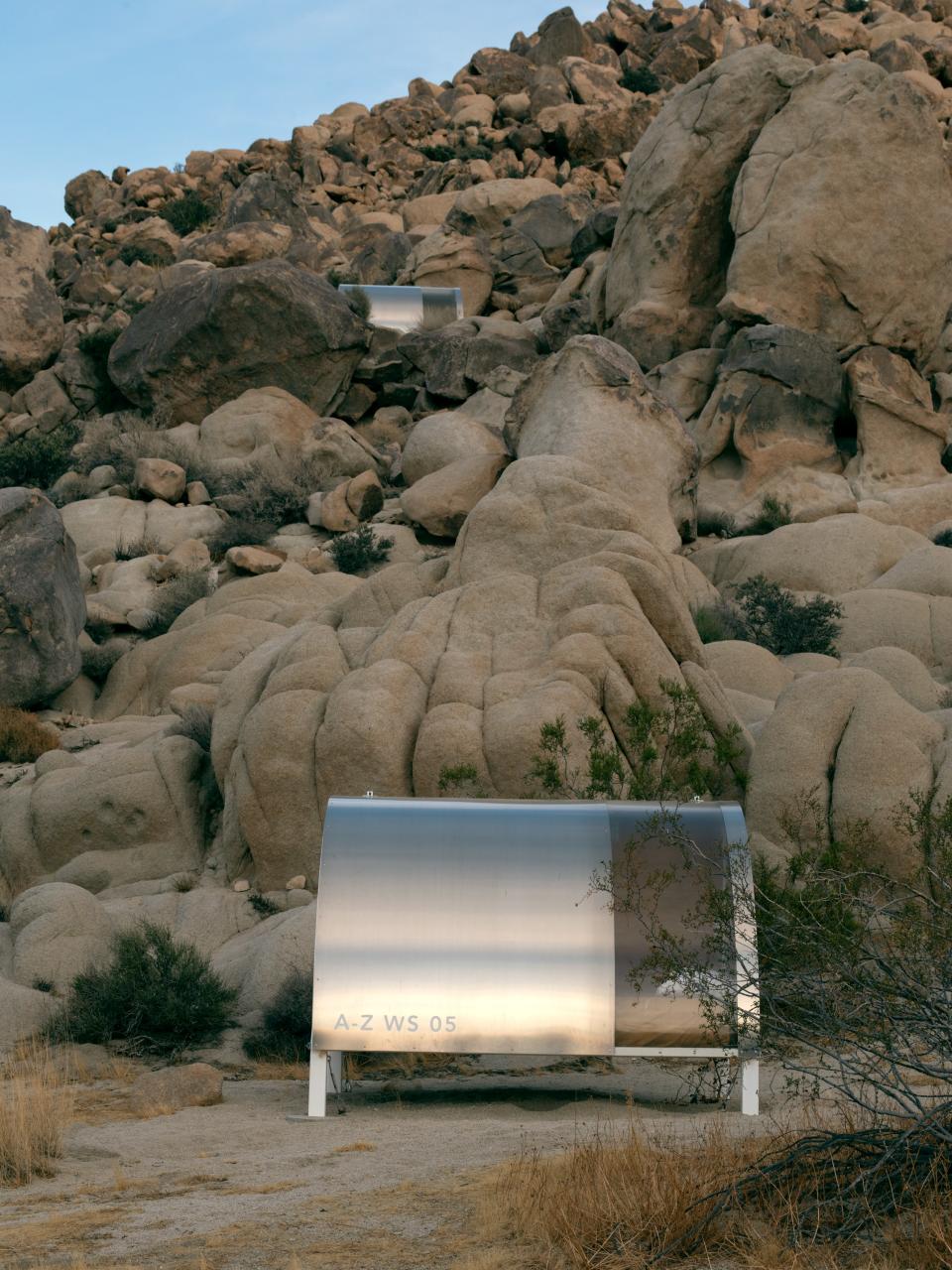


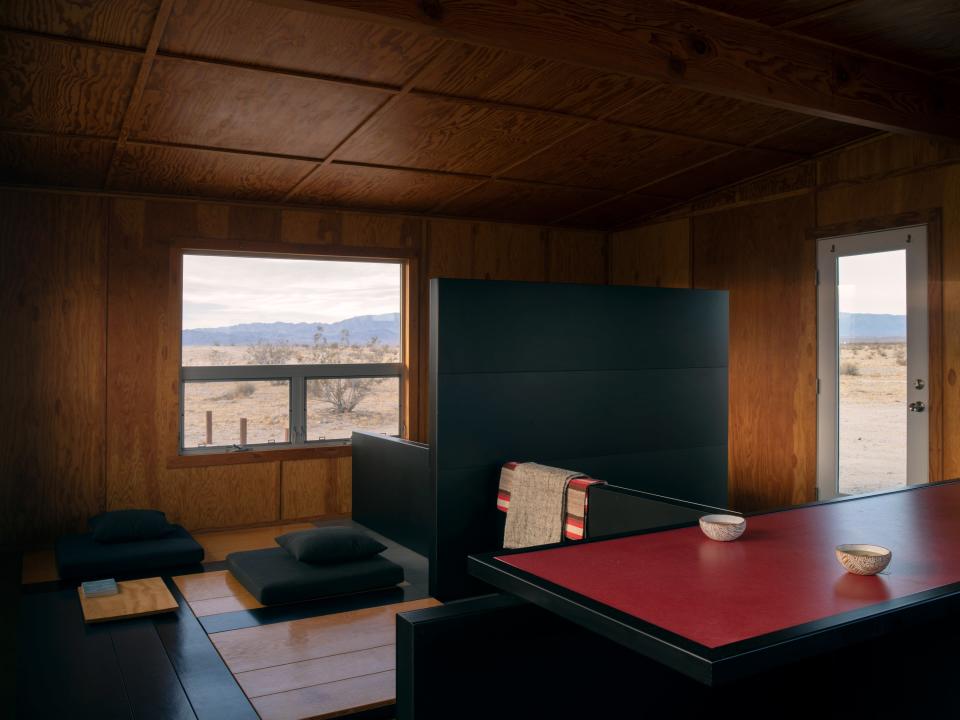

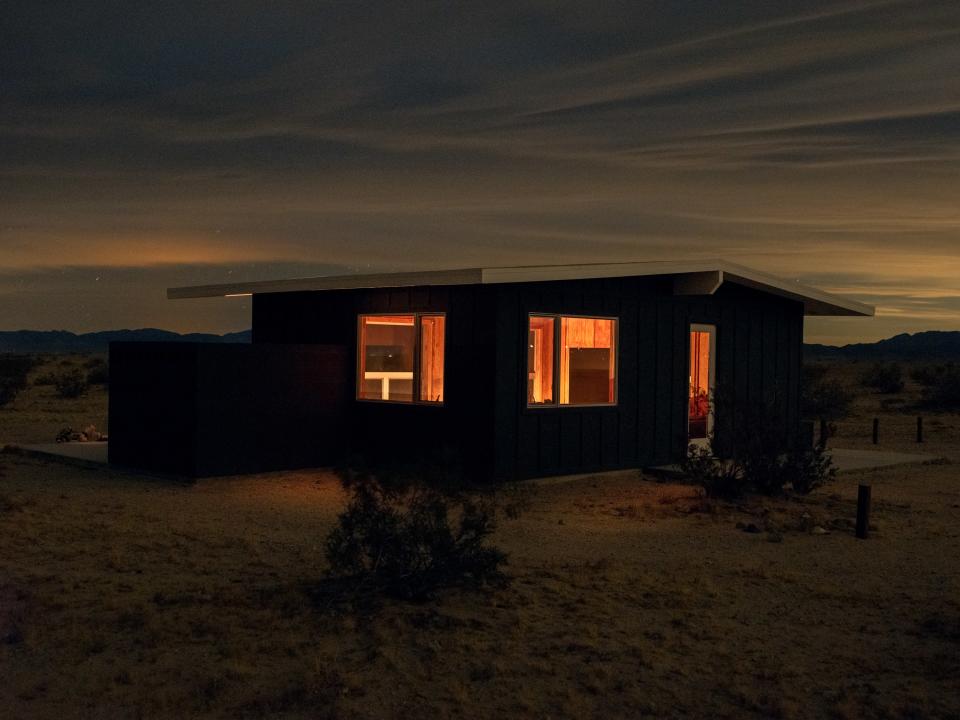
Originally Appeared on Vogue

